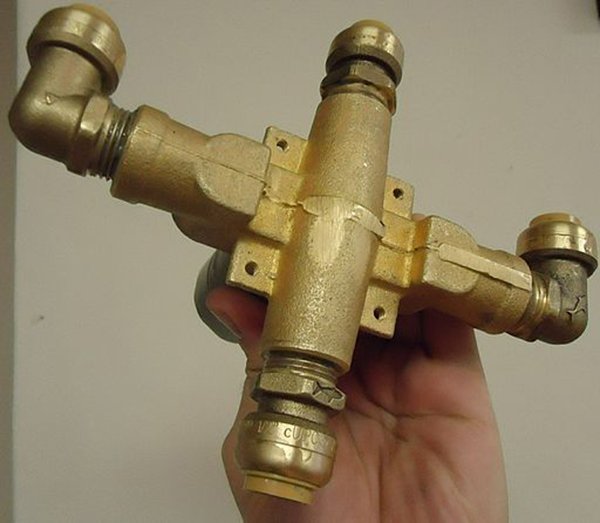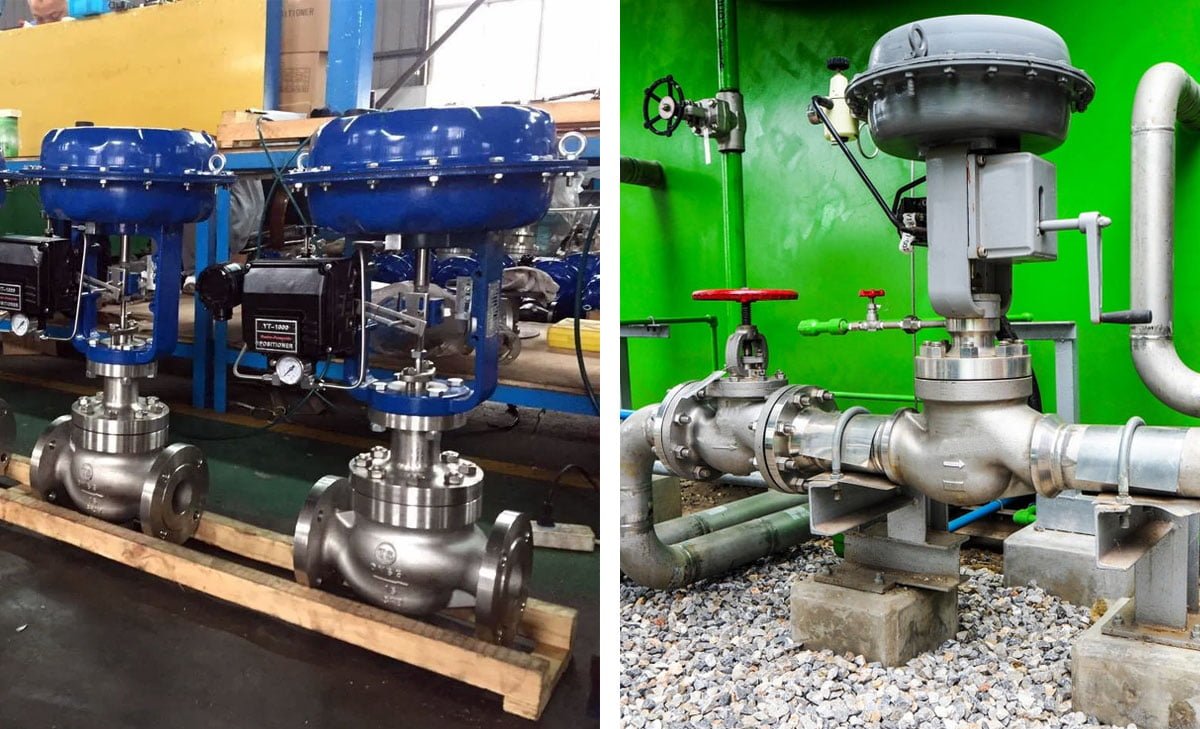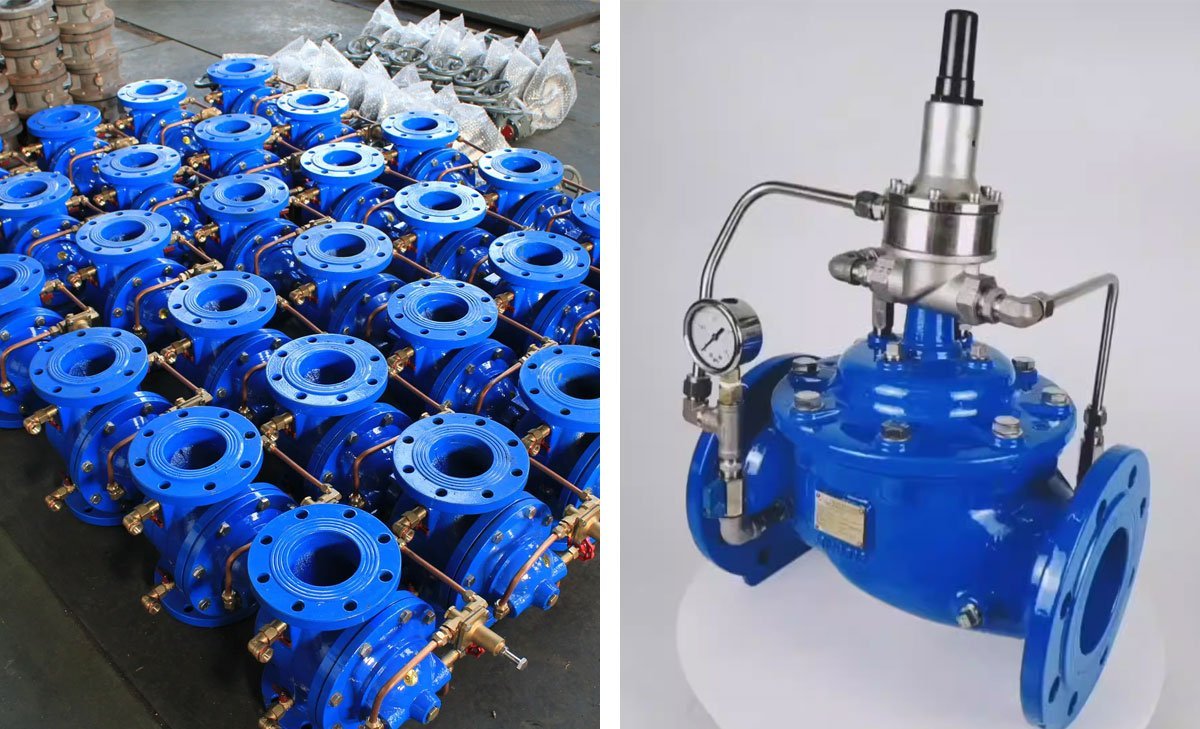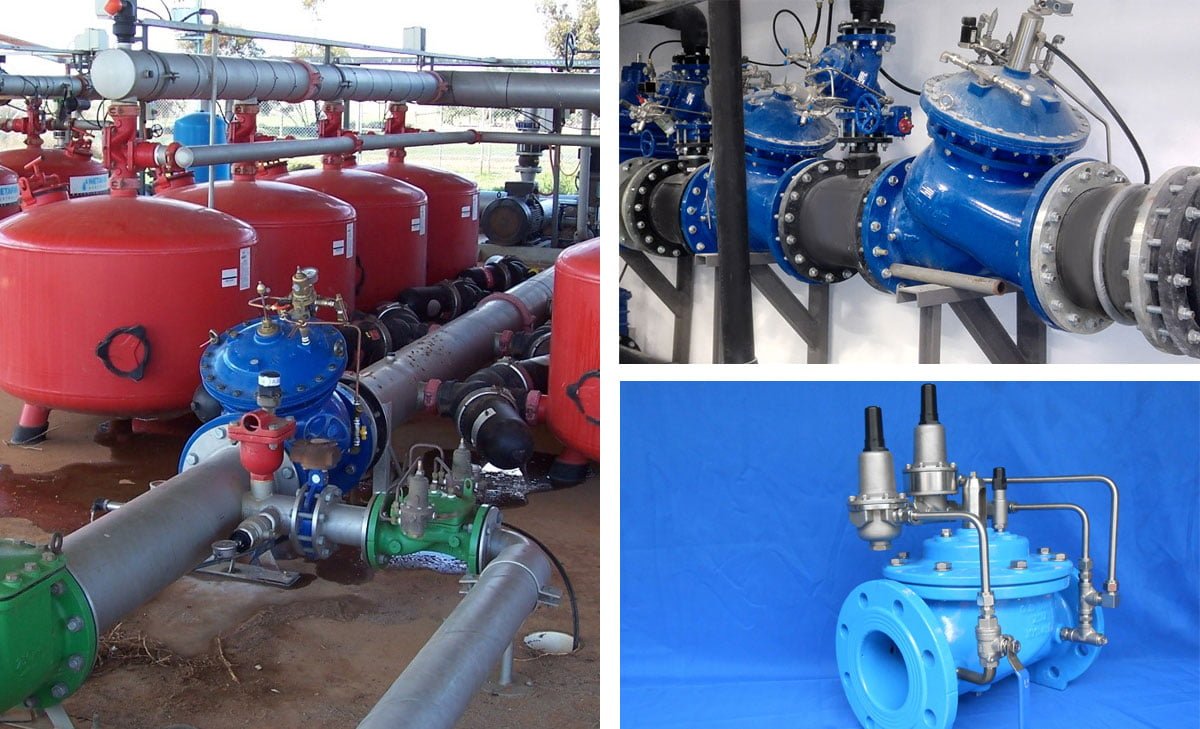The Complete Technical Guide to Diverter Valves: Types, Components, and Applications

Table of Contents
ToggleEverything You Need to Know About Diverter Valves in Plumbing Systems
When it comes to plumbing systems, diverter valves play a crucial role in directing water flow and controlling the functionality of various fixtures. A diverter valve is a key component that allows the redirection of water from one outlet to another. Whether it’s in showers, bathtubs, or other plumbing fixtures, understanding the significance of these valves is essential for ensuring efficient water management within a plumbing system.
In this technical article on diverter valves, we’ll delve into the intricacies of this essential plumbing component, providing a detailed overview of what these valves are and how they function. From their role in regulating water flow to the benefits they offer in maintaining optimal plumbing performance, we’ll explore the practical applications and technical aspects of these valves.
By gaining a comprehensive understanding of these valves, plumbing professionals and enthusiasts alike can enhance their knowledge of plumbing systems and make informed decisions regarding the selection, installation, and maintenance of these valves. Join us as we unravel the technicalities of these valves and their indispensable role in the world of plumbing.

What is a Diverter Valve?
They play a crucial role in plumbing systems by controlling the flow of water between different outlets. Diverter valves are designed to direct water to specific areas, ensuring efficient use and optimal functionality within a plumbing network.
Functionality of Diverter Valves
The primary function of diverter valves in a plumbing system is to regulate the flow of water, enabling the redirection of water between various outlets. This allows users to switch between different water sources, such as showers and tubs, with ease. By simply adjusting this valve, individuals can control the direction of water flow, enhancing the overall user experience and convenience.
Types of Diverter Valves
These valves come in various types, each tailored to specific applications within plumbing systems. These include 3-way diverter valves, shower diverter valves, and tub diverter valves. The 3-way valve offers the versatility to direct water flow between three different outlets, providing flexibility and control. Shower valves are specifically designed for showers, allowing users to switch between the showerhead and tub faucet effortlessly.
On the other hand, tub valves are engineered to control the flow of water in bathtub configurations, ensuring seamless transitions between filling the tub and showering. Each type of valve serves a distinct purpose, catering to diverse plumbing requirements and enhancing the functionality of the overall system.
Importance of Diverter Valves in Plumbing Systems
These valves are enhancing the functionality and efficiency of plumbing systems, offering a range of benefits that contribute to improved water usage and maintenance of water purity.
Enhanced Functionality and Convenience
Diverter valves significantly enhance the functionality and convenience of plumbing fixtures such as showers, bathtubs, and faucets by enabling seamless control over water flow. This control allows users to easily switch between different outlets and adjust the water temperature according to their preferences, providing an enhanced and personalized bathing experience.
Water Conservation and Efficiency
In the context of water conservation and efficiency, these valves are instrumental in facilitating targeted usage of water in different fixtures, thereby reducing wastage. By directing water flow to specific outlets as desired, users can optimize water usage and minimize unnecessary consumption, aligning with sustainable practices and lower utility bills.
Preventing Cross-Contamination
Diverter valves serve a crucial role in preventing cross-contamination within plumbing systems. By ensuring that water flows in the intended direction, these valves maintain the purity of water in separate fixtures, preventing the risk of contamination and safeguarding the health and safety of users.
These functionalities and benefits collectively underscore the significance of these valves in contributing to the overall efficiency and effectiveness of plumbing systems, making them an indispensable component in modern plumbing infrastructure.
Common Applications of Diverter Valves
Diverter valves are widely utilized in various plumbing fixtures to control the flow of water and direct it to different outlets as required. These valves are crucial components that offer flexibility and convenience in everyday water usage. Below are some common applications of diverter valves:
Shower Diverter Valves
Shower valves play a crucial role in directing water flow between different shower components, such as showerheads, handheld showers, and tub spouts. This enables users to switch between these different water sources effortlessly, enhancing the overall showering experience. By utilizing a shower d-valve, individuals can enjoy the convenience of selecting their preferred water outlet without the need for complex plumbing adjustments.
Kitchen and Bathroom Faucets
In kitchen and bathroom faucets, diverter valves play a key role in enabling users to switch between regular flow and spray functions. This functionality adds versatility to the faucet, making it suitable for various tasks such as washing dishes or vegetables in the kitchen, and providing a refreshing experience in the bathroom. The valves in faucets ensure that users can quickly and easily adjust the water flow to meet their specific needs, enhancing usability and convenience.
Bathtub Diverter Valves
Bathtub diverter valves allow users to control water flow between the tub spout and showerhead, providing flexibility in bathing options. This feature allows individuals to effortlessly switch between filling the bathtub and using the shower, catering to different bathing preferences. The presence of a reliable bathtub valve ensures that users can make seamless transitions between these water outlets, enhancing the overall bathing experience.
In various plumbing applications, these valves serve as vital components that enable the efficient and convenient control of water flow, offering users the flexibility to redirect water to different outlets based on their specific requirements.
Maintenance and Troubleshooting of Diverter Valves
Proper maintenance and timely troubleshooting play a crucial role in ensuring the efficient performance and longevity of diverter valves. By incorporating regular inspections and addressing common issues, you can significantly extend the lifespan of your valve system, ultimately optimizing its functionality.
Cleaning and Regular Inspections
Regular cleaning and inspections are paramount to the proper functioning of diverter valves. Establishing a routine for cleaning the valve assembly and inspecting for wear and tear is essential to prevent potential issues and malfunctions. Begin by turning off the water supply and disassembling the valve to clean any debris or mineral buildup that may hinder its operation.
Thoroughly examine the o-rings, seals, and gaskets for signs of damage or deterioration, replacing them as needed. Additionally, lubricate moving parts to ensure smooth operation. By proactively maintaining your diverter valve, you can prevent costly repairs and prolong its service life.
Common Valve Issues
Diverter valves may encounter a range of common issues, including leaks, blockages, and malfunctions. Water leaks around the valve or through the showerhead can indicate a faulty valve. Blockages caused by sediment or mineral deposits can impede water flow and disrupt the valve’s operation. Malfunctions may lead to inconsistent water distribution between outlets or a complete failure to redirect water flow.
To troubleshoot these issues, start by checking for loose connections, damaged seals, or obstructions within the valve assembly. Address leaks by tightening fittings or replacing damaged components. Unblock clogs by cleaning the valve and associated pipes thoroughly. In cases of malfunction, evaluate the internal components for wear and tear, and repair or replace them as necessary.
By understanding the importance of proactive maintenance and being equipped to troubleshoot common issues, you can ensure the optimal performance and reliability of your diverter valve system. Regular care and swift resolution of problems will not only enhance functionality but also contribute to the longevity of the valve, allowing you to enjoy uninterrupted water redirection and distribution.
Choosing the Right Diverter Valve for Your Plumbing Needs
When selecting a diverter valve for your plumbing system, there are several crucial factors to take into account. The following considerations and guidance on installation will assist you in making the best choice for your specific plumbing requirements.
Considerations for Selection
Compatibility with Plumbing Fixtures: Before choosing a diverter valve, it’s essential to ensure compatibility with your existing plumbing fixtures. Understanding the type and model of fixtures, such as faucets and showerheads, is vital in selecting a suitable diverter valve to ensure seamless integration.
Material Durability: Assessing the durability of materials used in diverter valves is imperative to guarantee long-term performance. Stainless steel, brass, and high-grade plastics are often preferred for their robustness and resistance to corrosion, making them ideal choices for a reliable plumbing system.
Ease of Installation: Opting for a diverter valve that offers straightforward installation can save time and effort. Look for features such as clear installation instructions and compatibility with standard plumbing tools to streamline the installation process.
Installation and Professional Assistance
When it comes to installing diverter valves, seeking professional assistance is highly recommended, especially for complex plumbing setups. While basic installations may be manageable for some individuals, intricate configurations might require the expertise of a professional plumber to ensure proper integration and functionality within the plumbing system. Professional assistance can also provide peace of mind, knowing that the installation is conducted with precision and adherence to industry standards.
By carefully considering these factors and leveraging professional expertise when necessary, you can make an informed decision when choosing the right diverter valve for your plumbing needs.
Diverter Valve FAQ
How does a diverter valve work?
It works by redirecting the flow of a fluid or gas from one pathway to another. In the context of plumbing, it is commonly used to control the flow of water in showers and faucets, allowing the user to switch between different water outlets.
How do I test a diverter valve?
To test this valve, you can perform a visual inspection for any signs of damage or wear. Additionally, you can use a vacuum or pressure gauge to check if the valve opens and closes properly in response to changes in pressure.
How can I repair a diverter valve?
To repair a valve, you may need to disassemble the unit, clean any debris or deposits, and replace any worn or damaged seals or components. It’s important to follow the manufacturer’s guidelines and use the appropriate tools for the job.
How can I replace a diverter valve?
Replacing the valve involves shutting off the water supply, removing the old valve, installing the new valve, and ensuring proper connections and sealing. Following the specific instructions for your type of valve is essential for a successful replacement.
How do I check a diverter valve?
You can check a diverter valve by running water through the system and verifying that the valve effectively redirects the flow to the intended outlet. Additionally, inspecting the valve for any visible damage or irregularities can help identify potential issues.
Conclusion
In conclusion, diverter valves play a crucial role in plumbing systems by directing water flow and enabling the efficient operation of various fixtures. From alternating water flow between a showerhead and a bathtub faucet to controlling the direction of water flow, these valves offer versatile functionality that enhances the overall efficiency of plumbing setups.
It’s essential for readers to prioritize the maintenance and proper selection of diverter valves to ensure a well-functioning plumbing system. By understanding the significance of these valves and their impact on overall system performance, individuals can make informed decisions that contribute to the long-term functionality of their plumbing setups.













